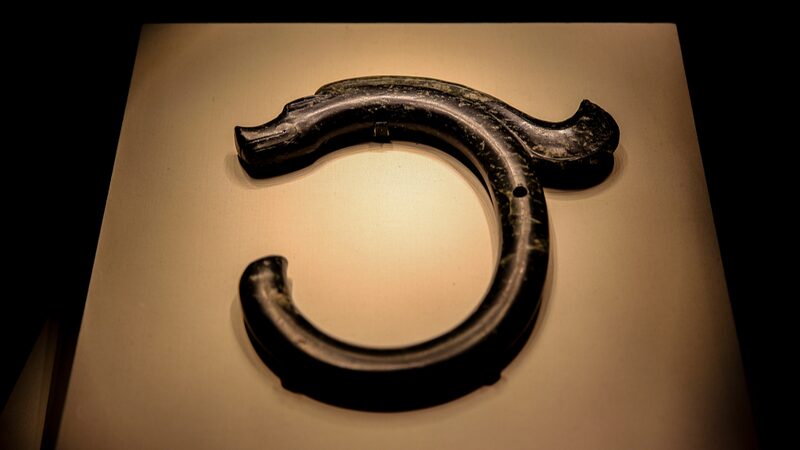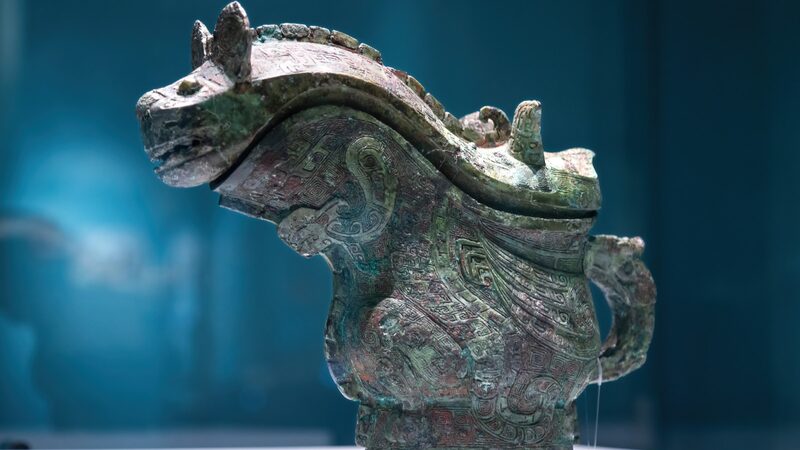Hold onto your explorer hats! Archaeologists just discovered that humans have been chilling on the Qinghai-Xizang Plateau—aka the 'roof of the world'—for 50,000 years, rewriting what we knew about high-altitude survival. 🌍✨
A team from the Xizang Regional Institute of Cultural Relics Protection and the Chinese Academy of Sciences spent six years digging into the Melong Tagphug cave in Ngari Prefecture, a spot 4,700 meters above sea level (higher than most TikTok dance challenges). They found over 10,000 artifacts, from stone tools to bronze goodies, dating back to the Paleolithic era. Talk about a time capsule!
🗿 The kicker? The oldest remains might be as ancient as 80,000 years—way older than the previous 40,000-year estimate. 'This cave is like a prehistoric Airbnb,' said Zhang Xiaoling, a lead researcher. 'Humans kept coming back despite ice-age weather and cave collapses.'
Psst: The cave even has mysterious rock paintings—red ochre figures and stripes—that’ll make your inner Indiana Jones swoon. This discovery isn’t just cool; it shows how our ancestors were total survival pros in one of Earth’s harshest environments. 💪
Reference(s):
'Roof of the world' inhabited since 50,000 years ago: archaeologists
cgtn.com






